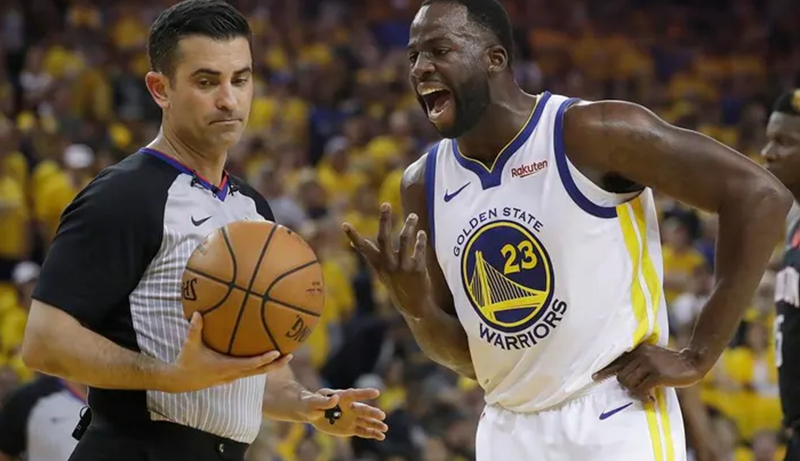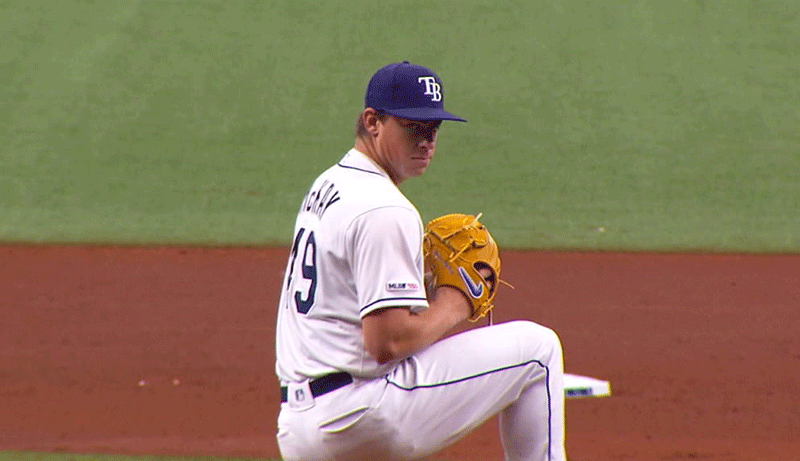We play with baseball bats regularly but have we ever tried to know what are Professional Baseball Bats Made of? This might not be important to you. But the quality of the bats depends on the material that has been used.
Usually, baseball bats are made of different kinds of wood. Sometimes the woods are in one piece and something composed of wood is used for the bats. According to your expertise and game, you have to choose the right materials for baseball.
What is Baseball Bats?
Let’s start with what Baseball Bats exactly is and how it looks. A baseball bat usually is a smooth wooden or metal rod used to play baseball to hit the baseball after the pitcher has thrown it. Generally, it has a diameter of 70 mm or less than that at its thickest point and a length of 1067 mm; which is the highest length of the bat.
The weight of the bat is not very heavy, it is usually light in weight. It typically weighs no more than four pounds. The batter swings the bat in an attempt to hit a thrown ball, allowing him to race around
What are Professional Baseball Bats Made of

Baseball bats have traditionally been made from ash trees which are usually from Pennsylvania and upstate New York. Woods of these areas are of very good quality. Because of its strength, flexibility, and lightweight, these are highly appreciated.
The best trees are those that grow in thick clusters, shielded from the wind and compelled to grow straight up towards the sun. It takes forty to fifty years for an ash tree to reach the desired trunk diameter of 14-16 inches. Each tree produces about 60 bats.
A forester labels a tree with spray paint after it has attained the appropriate height and breadth. The tree is subsequently felled by a log cutter using a chainsaw. The top branches are cut and discarded in the forest.
The tree trunks are sawed into lengths ranging from 10 to 16 feet, placed onto a truck, and transported to the mill. The logs are examined for knots and irregular grains at the mill. Only half of the wood harvested in the forest is utilized to make baseball bats. The graded logs are rolled to a hydraulic wedge, which divides them into 40-inch splits. Don’t forget to check the Baseballs for Batting Practice reviews.
Maple Wood
When a ball is whacked with a maple bat, it is inflexible and has minimal flexibility. Because maple wood is firm and thick, it enables more force to be applied to the impact. It should come as no surprise that sluggers choose maple bats.
When exposed to high-intensity impact, maple, as a diffuse-porous wood, prefers to hold together. This implies it’s less likely to shatter or break during an at-bat, especially if a batter often uses the bat. The areas where the ball lands become more durable.
Maple bats are less prone to fracture or shatter due to the density of the wood. The disadvantage with maple bats is that they can absorb moisture over time, adding weight to the bat and slowing swing speed. Check out the most essential Review for First Base Mitt.
Birch Wood
Birch is another frequent wood used in the manufacture of bats. Birch is a soft yet naturally sturdy wood that falls in between ash and maple. Birch bats frequently mix the strength of maple bats with the suppleness of ash bats. The disadvantage of birch is its suppleness. Hitting frequently creates dents on the bat’s shaft.
Birch bats’ major vulnerability stems from their main strength: softness. When the bat is initially used, this might cause dents to appear. Players often need to break in birch bats before they can be used in a game context, ensuring that it hardens before usage.
Bamboo
Bamboo is unique in that the trees are hollow, requiring them to be pressed into strips. These strips must then be pushed together to form a bat shape.
This produces bats that are extremely robust but are not one continuous piece, which is why they are not permitted in MLB and are only permitted at juvenile levels with a BBCOR badge.
Wood Composite
Because they are not constructed of genuine wood, composite wood bats are not permitted in Major League Baseball. Composite wood bats may have an advantage over regular wood bats because specific qualities may be incorporated into them.
Because composite wood bats are often lighter than other bats, they are frequently employed by younger players to gain a competitive edge.
Aluminum/Metal Alloy
Metal alloy bats, often known as aluminum alloy bats, are made by combining aluminum and other components to form a metal alloy. Aluminum bats are lighter and easier to swing than wood bats.
Aluminum bats are widely utilized in youth sports, high school, and college.
Aluminum bats, due to their lightweight, allow younger players to compensate for their lack of strength with enhanced swing speed. Most amateur baseball and several professional leagues outside of North America now use hollow metal and composite bats.
Metal bats’ composition evolved throughout time, from fundamental aluminum to carbon fiber and Kevlar, among other materials, to create a bat that became stronger with repeated usage.
Final Words

Now you have become an expert on baseball bats. It will be easier for you to choose the right bats for baseball, besides you can give suggestions to others on what bat they should go for. When buying the bats try to pick the one that is good in quality and helps to hit the ball perfectly.
Have a Good Day!




